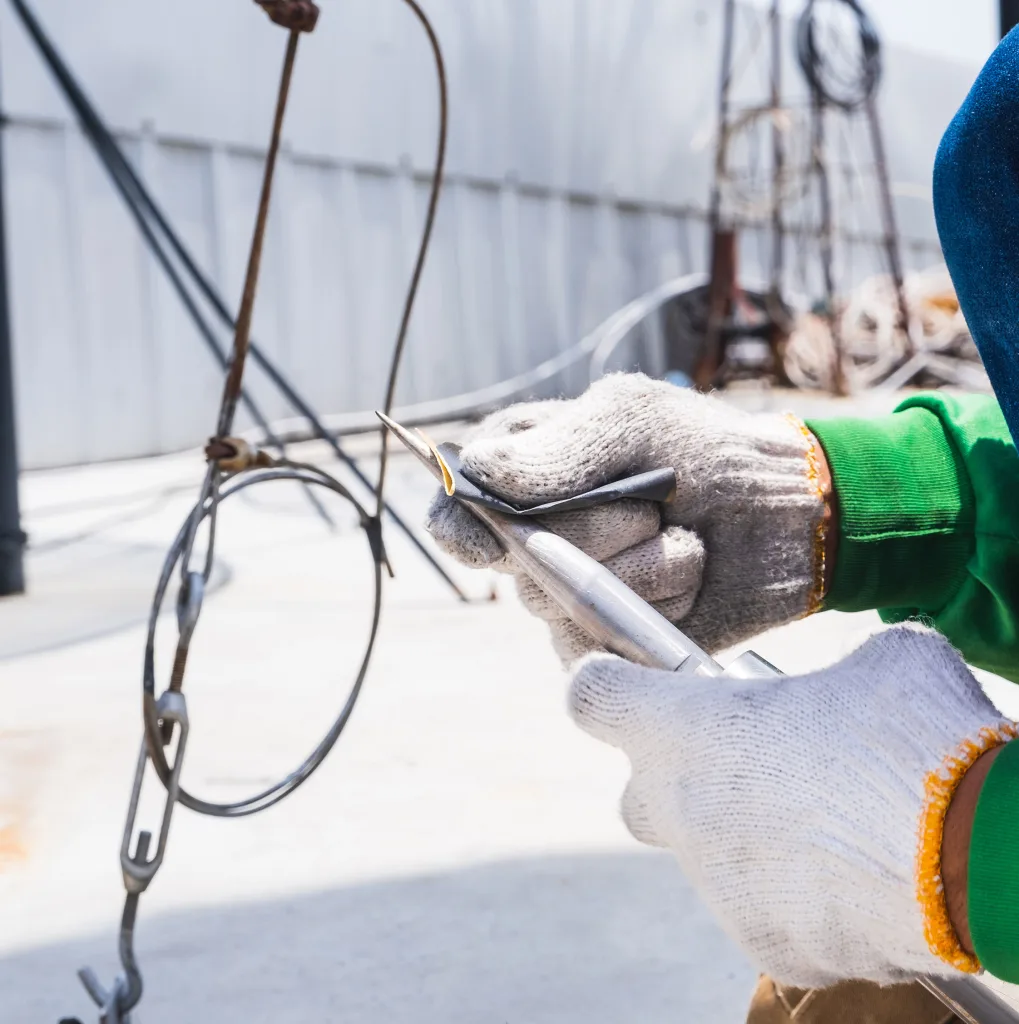In today’s increasingly electrified world, the importance of proper electrical safety cannot be overstated. One crucial yet often overlooked aspect of electrical safety is the earthing system. Let’s explore why these systems are essential and how they protect both people and equipment.
What is an Earthing System?
At its core, an earthing system creates a safe path for electrical current to flow to earth during fault conditions. This system consists of several key components, including bonding conductors and protective earth conductors, which work together to ensure electrical safety.
How Does Earthing Protect Us?
When an electrical fault occurs in any electrical installation, the earthing system serves as a vital safety mechanism. Here’s how it works:
1. If a fault occurs and an exposed conductive part becomes energised, the earthing system provides a low-resistance path for the fault current.
2. Through equipotential bonding, all conductive parts are connected to maintain the same electrical potential, preventing dangerous voltage differences.
3. This protective earthed connection helps prevent the risk of electric shock by ensuring that fault currents have a predetermined path to follow rather than passing through someone touching a live component.
Beyond Personal Safety
While protecting people from electric shock is paramount, earthing systems also safeguard electric equipment. When a short circuit or open circuit condition develops, a properly designed earthing system helps protect expensive equipment from damage by:
· Stabilising voltage levels during normal operation
· Providing a clear path for fault currents
· Enabling protective devices to operate as intended
· Preventing destructive voltage spikes
Compliance and Best Practices
Following the electrical code is essential for any electrical installation. Regular inspection and maintenance of the electrical supply system, including all earthing connections, helps ensure continued protection. Key aspects to monitor include:
· Integrity of bonding conductors
· Condition of earth connections
· Effectiveness of equipotential bonding
· Resistance measurements of the earthing system
The Cost of Inadequate Earthing
When earthing systems fail or are improperly installed, the consequences can be severe. Not only does this increase the risk of electric shock, but it can also lead to:
· Equipment damage from uncontrolled fault currents
· Fire hazards from electrical faults
· Non-compliance with safety regulations
· Potential legal liability
A well-designed and maintained earthing system is not just a regulatory requirement—it’s a fundamental safety system that protects lives and equipment. Regular inspection and maintenance of these systems by qualified professionals ensures they continue to provide this essential protection when electrical faults occur.
Understanding the importance of proper earthing helps us appreciate why these seemingly simple systems play such a crucial role in electrical safety. Whether in industrial, commercial, or residential settings, never underestimate the value of a properly installed and maintained earthing system.
Remember: When it comes to electrical safety, proper earthing isn’t just about compliance—it’s about protecting lives and assets. To find out more about our Power Earthing services email [email protected]



